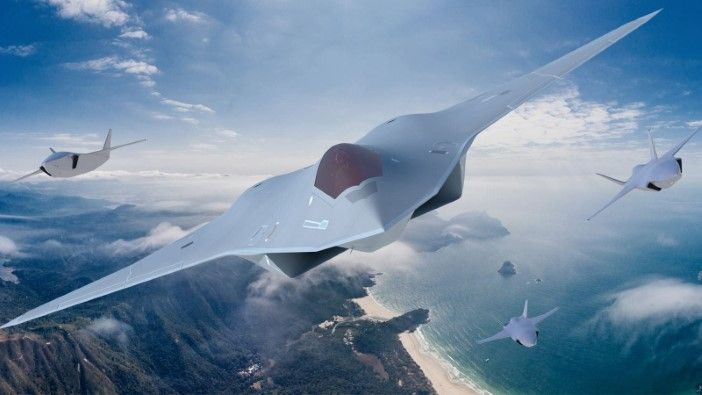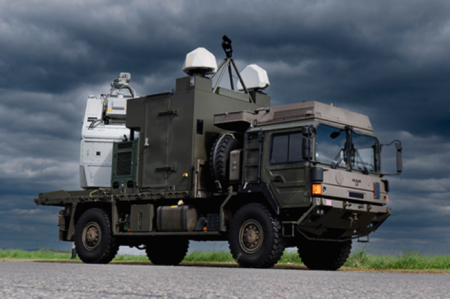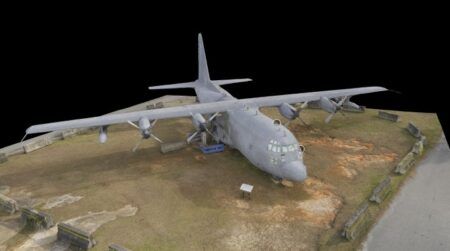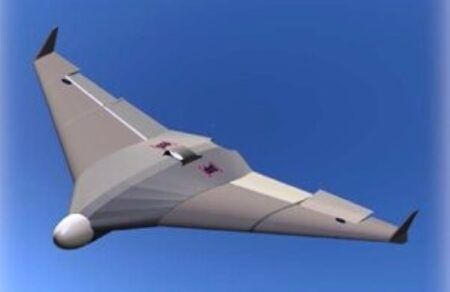GE Aerospace and Pratt & Whitney have completed the detailed design review of their adaptive cycle engines for the US Air Force and have begun acquiring hardware for the next-generation fighter jet engine’s prototype build and test program.
The two companies are developing their adaptive cycle engines as part of the US Air Force’s Next-Generation Adaptive Propulsion (NGAP) program.
The completion of the detailed design review (DDR) is a key milestone in the NGAP program and involved the presentation of a comprehensive digital engine model and the validating of its readiness for the next phase of development.
With the DDRs passed, the US Air Force has issued contracts to fund engineers at both firms to build full-scale ground demonstrators of their adaptive cycle engine designs. These are expected to test before the end of this decade.
Adaptive cycle engines can provide greater range and more thermal management capability compared to today’s fighter jet engines. According to GE Aerospace gains of up to 30% are possible for range and thermal management compared to current generation US fighter jets.
Adaptive cycle engines have been in development for more than a decade. The design adjusts bypass ratio and fan pressure by directing air into a third bypass stream using a fan to increase fuel efficiency or thrust depending on the requirement.
This active adjustment process enables an adaptive cycle engine to operate with optimized fuel efficiency, survivability, and power and thermal management, surpassing the capabilities of fourth- and fifth-generation engines.
GE Aerospace’s XA102 and Pratt & Whitney’s XA103 engines will be the next evolution of the adaptive engine design and build upon the successful testing of the XA100 engine.
Both companies have heavily used digital modeling and simulation processes to develop the engine. GE Aerospace said its XA102 engine has been developed using model-based systems engineering (MBSE), representing a transformative shift in how advanced propulsion systems are designed and tested.
Dr Steve “Doogie” Russell, vice president and general manager of Edison Works at GE Aerospace said, “We are making great strides with model-based engineering, which has been instrumental in the success of the XA102 engine design.
“As we transition into the procurement and build phase, we will continue to incorporate this innovative approach while working closely with our supply chain partners to advance the engine toward a full-scale demonstration.”
Jill Albertelli, president of Pratt & Whitney’s military engines business said, “The significance of this first fully digital review cannot be understated. Digital processes throughout the lifecycle are crucial to rapidly and efficiently deliver advanced warfighter capabilities. As we celebrate our centennial, the digital tools and processes that our NGAP team has demonstrated, and will continue to advance, will be at the foundation of our technology maturation for our future next-gen solutions.”





